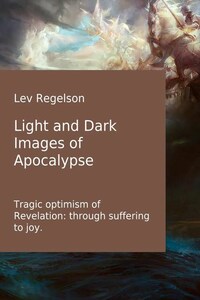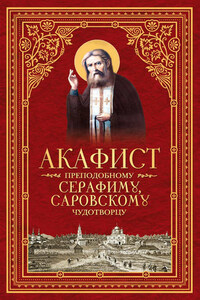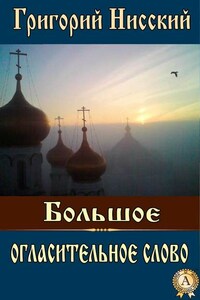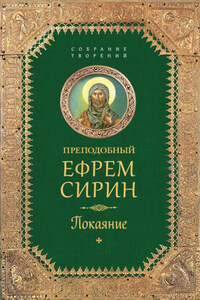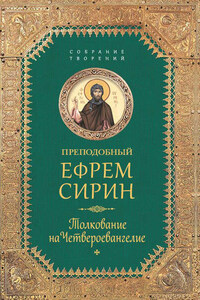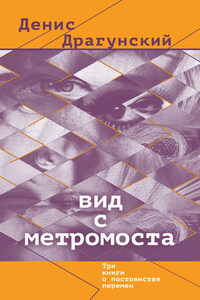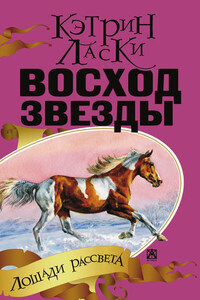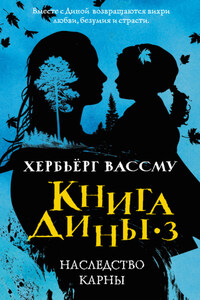Whenever a man of nowadays hears a word "Apocalypse", he imagines scenes of horror and death. Gloomy predictions and prophecies describe the future as the "end of world". However, if we read the Apocalypse (Revelation) of St. Apostle John the Divine or Theologian with an open mind, we will realize that what is really implied in this book is a triumphant paean heralding the Coming of Jesus Christ. The world of evil and misery is transforming into a world of light and joy. The forces of Darkness are desperately striving to seize the initiative and capture the earth, but they will sustain a crushing defeat.
It is the radiant images that primarily attract our attention when we read the revelation, though we have to take into account the forces of Darkness. The interpretive approach we have adopted blends artistic imagery with theological intuition emphasizing the traditions of the early Christian, Holy Fathers, Byzantine and Russian Churches. Yet this essay is neither a theological treatise or scholarly study.
Though we have no intention of eschewing the value of contemporary biblical appraisal, which has so signally enriched our understanding of the human factor in the writing of the Holy Scriptures, despite the multiplicity of such writers, it must necessarily be stressed that their principal, constant co-author is God Himself. The writings of the Holy Bible may reveal a new meaning to each successive epoch and generation, as the said meaning is truly infinite.
Each chapter and verse of the Scriptures, the time of whose writing may be centuries apart, interact as the moments of one grand symphony. The uncertain, reachable meaning of the biblical prophecies furnishes one more indication of their divine origin; thus is the freedom of man safeguarded against attempts at a logically coerced interpretation. In no position to encompass the entire range of imagery covered in the Apocalypse (Revelation), we must of necessity confess that much still defies comprehension. Indeed within the stupendous panorama that Apostle John the Divine reveals we discern merely the contours of the leading personages and some crucial events.
Jesus Christ – Ancient of Days. Russian fresco, Church of Pokrov on Nerl, 1199.
As God He is mentioned in the Revelation fifty odd times, as "The One who sits on the throne" fourteen times.
At once, a howling contradiction arose with the entire context of the Holy Write, which says:
Our God is an invisible God!
"No man hath seen God at any time" –
the Gospel of John declaims (1:18).
Which is most forceful, provided one agrees with the ecclesiastical tradition averring that St. John the Evangelist wrote both Revelation and Gospel, and, moreover that the Apostle wrote Gospel later. St. Justin the Philosopher, who lived in Ephesus at the start of the second century and who was personally acquainted with many of the disciples of St. John the Theologian ("the Divine"), clarifies:
"The Holy Write asserts that God appeared to Abraham, Moses and other Blessed of the Old Testament. Yet he was not God the Father, insofar as God the Father was
ever higher than the heavens, never appeared to anyone and did not converse with anyone face to face."
Yet St. John tells us that he saw God! In that selfsame image God appeared before to the Prophet Daniel who named Him "The Ancient of Days" (Dan. 7: 9, 13, 22).
The Ancient of Days or the One who sits on the throne is the Lord God the Pantocrator: yet He is not God the Father. Provided we adhere to biblical reality and do not reduce the grandeur of the Epiphany to allegorical scenes, we shall be constrained to conclude that He who revealed Himself to St. John the Theologian and to the Prophet Daniel was Jesus Christ in His divine nature
Having told this, we already entirely have appeared in the realm of holy fathers theology, with its three dogmas: about the Holy Trinity, about the two natures of Christ and about the icon-worship.
The issue mooted is how it is possible to see by the human eyes Jesus Christ as God. The Holy Trinity is God the Father, God the Son, God the Holy Spirit; not three Gods but One God; not one Person but three. Three Persons of the Holy Trinity are of one nature: if the Father is not to be seen, hence the Son is not to be seen and the Holy Spirit is not to be seen.
Now Jesus Christ is God's Son, in Whom
“dwelleth all the fulness of the Godhead bodily” (Col.2:9).
So how can we affirm that He was seen by both St. John and Daniel?
After the dogma of icon-worship won a victory in the eighth century, it was stated that only what could be seen by the human eye could be depicted. Since Daniel had seen the Ancient of Days, hence He could be depicted on icons. And He was indeed often and profusely thus portrayed. Besides the captions of "The Ancient of Days" and "Jesus Christ" encountered as synonyms on one and the same icon. Moreover Byzantine theologians identified the Ancient of Days and, consequently, Jesus Christ as God, with Whom Israel know as Yahweh:
I AM THAT I AM Ex. 3:14
What then of the invisibility of God?
The matter remained not fully clear until there emerged the teaching of the Divine Energies, associated with the name of St. Gregory Palamas, the great fourteenth-century Byzantine theologian.
For centuries Eastern Christian monks practiced the transfiguration of their nature similar to the Transfiguration which Jesus Christ manifested on Mount Tabor. Prayers bodies began to emanate a radiation from within, and there was no question but this light was of a divine nature that did not exist in the created world.
The need to evolve a theological explanation for this practice had led St. Gregory Palamas to evolve in detail that inherently biblical creed of the Divine Energies. Rather was he constrained there to due to the emergence of the false allegation as if the light on Mount Tabor was of natural origin similar to the luminous aura of the Hindu yogi.
According to the teaching of St. Gregory Palamas, which the local councils of Constantinople had confirmed, God by His very nature is invisible, undepictable, incomprehensible. Which St. John the Evangelist implies when he says:
"No one has ever seen God" (1:18),
and which is why Moses forbade the representation of God.
